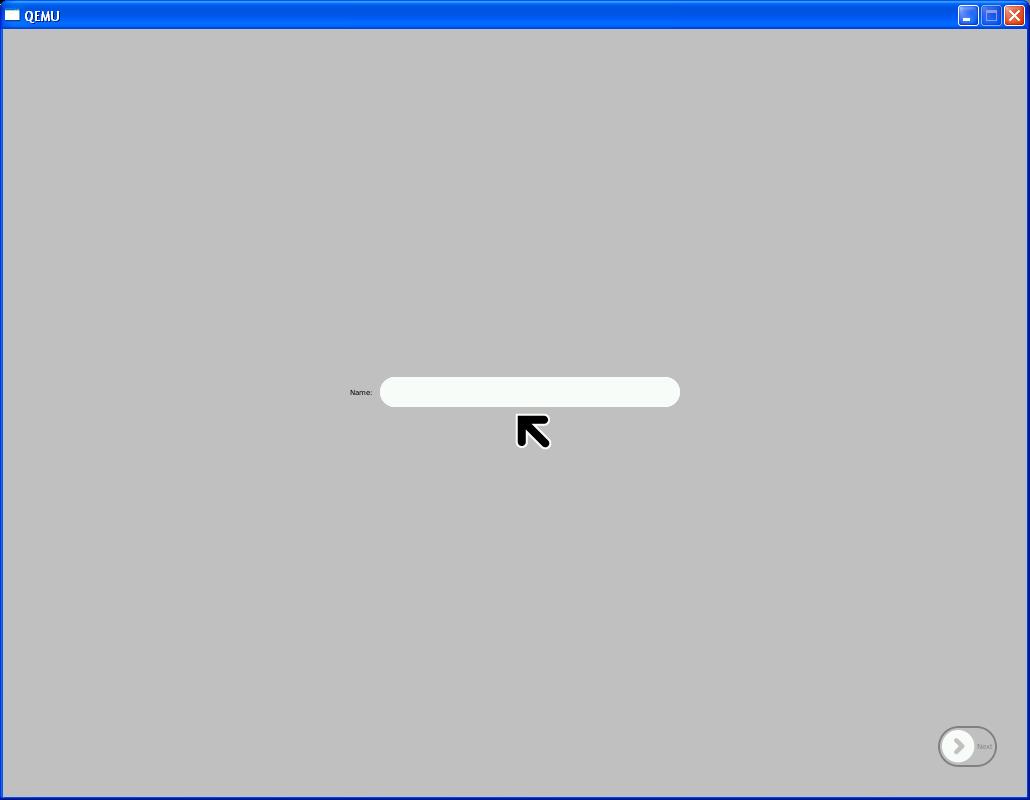
I’ve recently (read:last week) learned that there is active recruiting going on for end-user documentation for One Laptop Per Child. The OLPC project, as it is also known as, is Nicholas Negroponte’s education project that hoped to build a US$100 laptop and take it to developing countries. It turns out, the product they plan to ship this fall with the Give 1 Get 1 program at xogiving.org is closer to US$188. For $400 you get to give one laptop and get another laptop. Wow, what a neat project and what an amazing difference it could make in the life of a child.
So far I am reading like crazy to try to understand the project and its audience, especially to understand the language and translation ramifications. So I have plenty to offer in background reading, such as these items:
The OLPC Wiki – OLPCWiki – wiki.laptop.org/
Laptop: A learning tool created … – www.laptop.org/laptop/
Vision: Children in the … – www.laptop.org/vision/index.shtml
Children: Children actively … – www.laptop.org/children/
FAQ for OLPC – http://wiki.laptop.org/go/OLPC_FAQ
Especially good to read are the core principles: (1) child ownership; (2) low ages; (3) saturation; (4) connection; and (5) free and open source.
Last night I was even able to emulate the Sugar operating system using a great how-to emulate Sugar and the XO article on IBM’s developerworks site.
Unfortunately, after I created my user name, clicked Next, and then clicked the colors to make my “person” blue with a yellow outline, the emulator went into some reboot loop from which I could not escape. Every subsequent attempt to start up the emulator met with an X in the middle of the emulated screen.
To the OLPC Wiki I went, searched for “emulate” and found “Using QEMU on Windows XP,” and “Emulating the XO/Help and Tips” trying to troubleshoot my problem and see if anyone else had a similar situation. Interestingly, I found the “GUI won’t start” problem in the Sugar instructions wiki page. So I am deleting the original disk image I downloaded and trying to unzip it again.
And… that was it! I’m probably going to move that bit of troubleshooting information over to that Help and Tips page. Here’s the screenshot with proof that I can emulate the Sugar environment on my Dell laptop:
I’m very excited to be a part of this effort. If you’re interested in helping out, and don’t mind a chaotic process with references to wiki information that’s not necessarily the final answer to your questions, and want to translate things like “The units will ship with some kind of human-powered charger that plugs into the DC socket.” into child-friendly minimal task-oriented documentation, please email me using the Contact page.

